Year 3 Teaching Resources
Explore printable worksheets, digital activities, games and more Year 3 resources, all aligned to the Australian curriculum! The teacher-created resources have all been designed with primary teachers and students in mind to meet the special needs of children as they transition into the middle years of their primary school education.
Carefully curated and thoroughly reviewed by the expert teachers of the Teach Starter team to ensure they're classroom-ready, our Year 3 resources can save you lesson planning time this school year with editable and differentiated options at the ready.
Teach Starter’s Year 3 resources utilise a vast array of resource types and have something for every learning area. Here's just a taste of what you'll find for your classroom!
- Spelling words and English worksheets
- Fractions activities and Maths worksheets
- Social and emotional learning activities
- Narrative writing stimuli
- Language conventions practice
- And so much more!
Are you new to teaching Year 3? Here's a look at what this year of primary school is all about!
What Is Year 3 in Australia?
Year 3 sits right in the middle of primary school for most students in Australia as the fourth year of compulsory education.
How Old Are Kids in Year 3?
The exact age of students will vary slightly by state (and birthday!), but most children in your Year 3 class will be 8 to 9 years old.
What Do Students Learn in Year 3?
Year 3 is a big one for Australian students. Many will sit the NAPLAN tests, and more than a few will hit double digits before the year is through. This is a big year for Maths between the introduction of more complex fractions and formal multiplication, as well as even more skill-building in other learning areas.
Exactly what they're expected to learn will depend to some degree on the state or territory where you are teaching, but here's a look at what your students can expect to encounter in the key areas of the curriculum!
English
Year 3 students continue to develop their reading, writing, speaking, and listening skills in their English lessons. Reading will involve more complex texts, including longer novels, non-fiction texts, and poetry.
Students will also be expected to analyse these texts more deeply, examining themes, character development, and literary techniques. Comprehension skill-building will require deeper analysis of texts and drawing inferences from what is read.
While Year 2 instruction focuses on basic writing skills such as sentence structure and punctuation, this older group of students will move toward more advanced writing skills such as paragraphing, using descriptive language, and organising ideas in a logical way.
Grammar and spelling will also become a greater focus this year, with an emphasis on understanding and applying more complex grammar rules and spelling patterns.
Maths
Fractions feature front and centre of the Year 3 Maths curriculum. Students will learn to identify, compare, and order unit fractions (those being fractions with a numerator of 1), as well as use them in simple problem-solving contexts.
We already alluded to this being a big year for multiplication, and is it ever! Year 3 students learn the basic multiplication facts — such as 2 x 2 = 4 and 3 x 3 = 9 — and they begin to use these facts to solve multiplication and division problems. They also learn to interpret and create simple multiplication and division problems.
Students will have the chance to build upon their understanding of measurement concepts from Year 2, including length, mass, and capacity. They'll learn to measure and estimate using standard units, plus how to compare and order measurements.
Maths students will expand their knowledge of 2D shapes this year, and they will begin to learn about three-dimensional shapes and their properties.
Place value is still a big part of maths, of course. Year 3 students expand their understanding of place value to include numbers up to 10,000, and they learn to read, write, and compare four-digit numbers. They also learn to use place value to solve addition and subtraction problems.
Science
Science instruction in Year 3 is more focused on building a deeper understanding of scientific concepts and their applications, as compared to Year 2. It also emphasises the development of scientific inquiry skills that will help kids become more proficient in conducting scientific investigations and communicating their findings.
Students in Year 3 learn to ask questions, plan and conduct investigations, collect and record data, and communicate their findings as part of their development of science inquiry skills. They spend a portion of the year learning about the characteristics of living things, including plants and animals. Year 3 students will have the chance to explore the life cycles of plants and animals, as well as learning about the needs of living things and their habitats.
While they're learning about things that live on Earth, they're also learning about the planet itself, exploring geological features such as rocks, soil, and minerals. They also explore heat energy and how it can be transferred from one object to another.
Last, but certainly not least, Year 3 students learn about the properties and states of matter, including solids and liquids (gasses are explored later on in primary school).
Humanities and Social Sciences
Building on the foundation set in Year 2, Year 3 HAAS lessons build a deeper understanding of historical events and concepts, as well as exploring the social and economic systems that underpin Australian society.
Students learn about the historical events, people, and places that have shaped Australia's history. They explore the concept of change and continuity over time and learn to use historical sources to investigate the past. Students also study significant cultural events celebrated in our country and how they contribute to Australia's diversity and identity.
Geography instruction will guide students as they learn about the physical and cultural characteristics of places and regions. They'll learn more about the representation of Australia as states and territories, and as Countries/Places of First Nations Australians. Students will also begin exploring Australia's neighbours such as New Zealand, Papua New Guinea, and Indonesia.
Civics instruction sees Year 3 students strengthening their understanding of what it means to live in a democratic society. They will draw upon their own personal experiences to examine why rules are important and to discuss how they can be active participants in the communities to which they belong.
Health and Physical Education
With their bodies rapidly changing, Year 3 students learn about the factors that influence their health and wellbeing, including the importance of good nutrition, hygiene, and sleep. They also learn about social and emotional health, including how to manage their feelings, develop positive relationships, and make safe and healthy choices.
In Year 3, there are a number of different types of safety on tap in lessons, including road safety, water safety, and personal safety. They develop an understanding of risk and learn strategies for staying safe in different situations.
Year 3 students also learn about the importance of being active and informed citizens in their community. They learn about the benefits of volunteering and begin to develop an understanding of the responsibilities and rights of individuals in society.
The Arts
In Year 3, students develop more advanced skills in drawing, painting, and other visual arts techniques. This includes studying the elements of art — such as line, shape, colour, and texture — and beginning to use these to create more complex artworks.
In music class, these children are learning all about musical notation and how to read and write simple music, while drama instruction explores different forms of drama, including role-playing, improvisation, and scripted performance. Students get the chance to learn about the elements of drama, such as character, plot, and setting, and begin to use these to create their own dramatic works.
- Free Plan

Map of the World's Climate Zones
Display this climate zone map in your classroom while teaching about the 6 climate types.
- Plus Plan
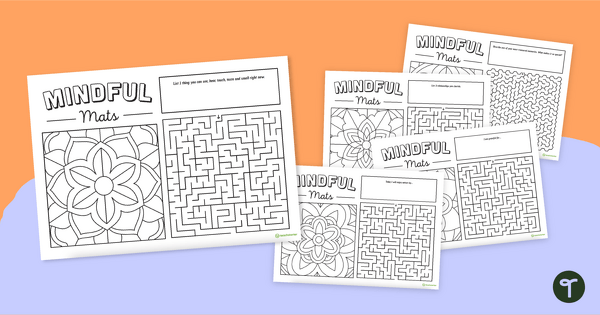
Mindfulness Activity Mats
A set of 10 mindful activity mats to use to help children focus.
- Plus Plan
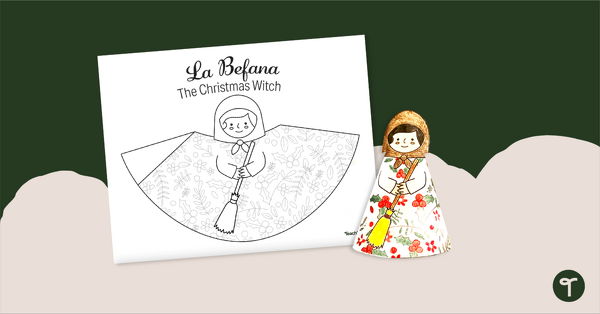
Christmas in Italy - La Befana Christmas Craft
Introduce your students to the traditions and figures associated with Christmas in Italy by crafting a La Befana tree topper!
- Plus Plan
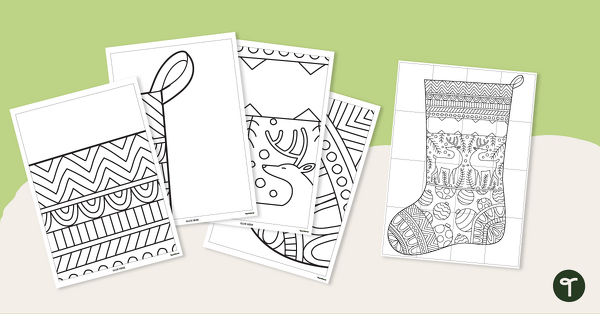
Christmas Colouring Pages – Christmas Stocking Collaborative Art Project
Bring Christmas cheer into the classroom with a Christmas stocking colouring sheet collaborative art project.
- Plus Plan
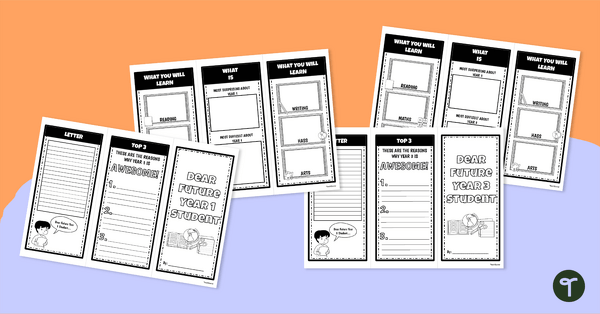
Dear Future Student – Trifold Template
Use this template with your class to write about interesting information, experiences and tips for incoming students.
- Free Plan
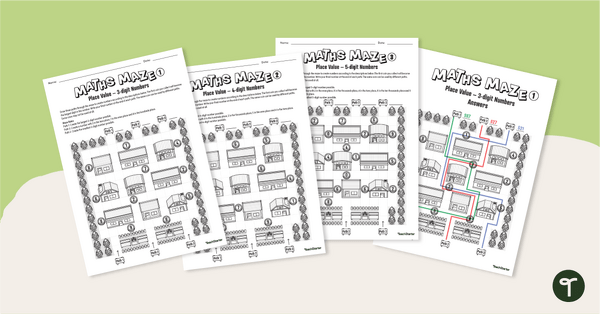
Maths Mazes (Place Value)
Determine the correct paths through each maze using knowledge of place value.
- Free Plan
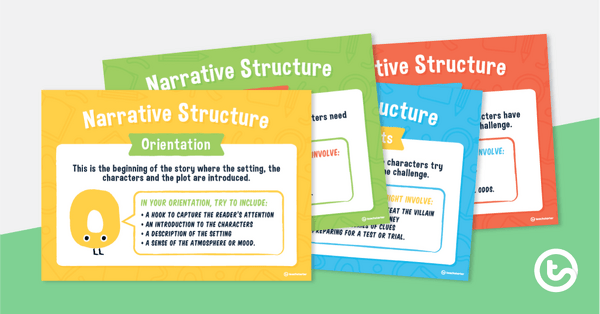
Narrative Text Structure Posters
A set of 8 narrative text structure posters to add to your classroom narrative writing display.
- Plus Plan
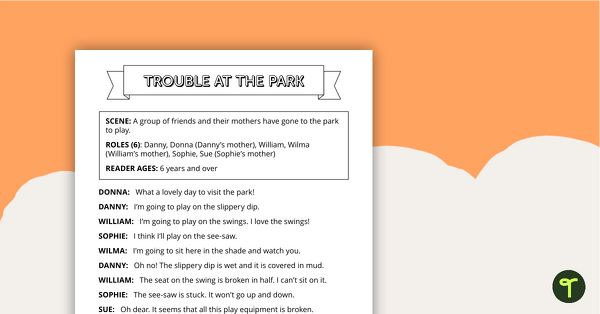
Readers' Theatre Script - Trouble at the Park
A script which can be used during readers' theatre or Drama sessions, aimed at students 6 years and over.
- Plus Plan
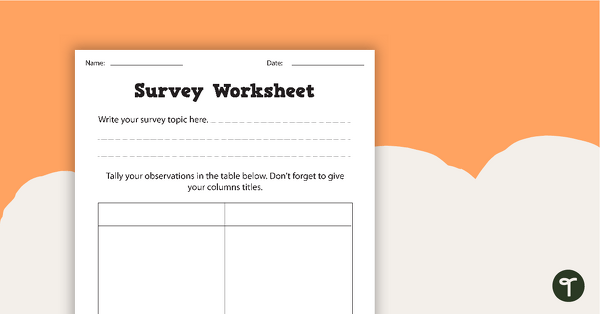
Survey Data Collection Worksheets
A set of worksheets for students to plan survey parameters and tally data.
- Plus Plan
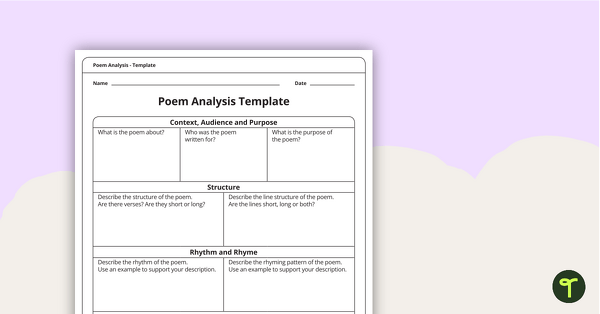
Poetry Analysis Template
A 1 page template for students to use when analysing a poem.
- Plus Plan
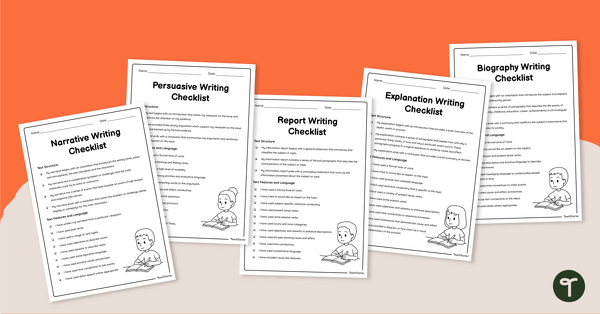
Editing and Revising Checklist Pack
Download this editing and revising checklist pack to support your students when revising and editing their written work.
- Plus Plan
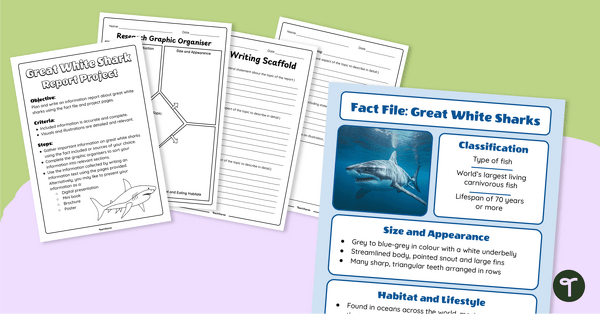
Great White Shark Information Report – Writing Project
Get your students writing a great white shark information report using this age-appropriate fact file and writing scaffold.
- Plus Plan
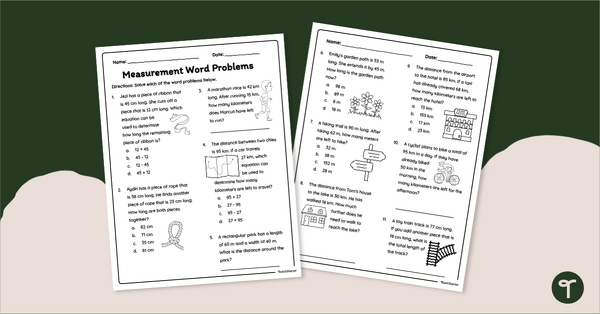
Length Word Problems - Year 3 Maths Worksheet
Help your students relate addition and subtraction with length using a printable Measurement Word Problems Worksheet for Year 3.
- Plus Plan
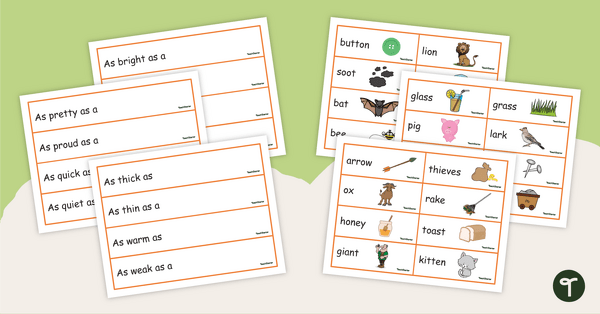
Similes Matching Game
Use this similes game to introduce your students to some of the most common similes used in the English language.
- Plus Plan

Amphibians, Fish and Reptiles Escape Room
Help your students discover the unique characteristics of amphibians, fish, and reptiles with an exciting Animal Science Escape Game!
- Plus Plan
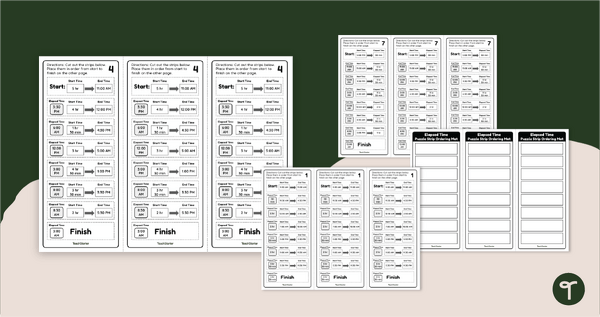
Order Up! Elapsed Time Puzzles
Practise determining elapsed time with a printable pack of nine Order Up! Elapsed Time Cut and Paste Puzzle Strips.
- Plus Plan
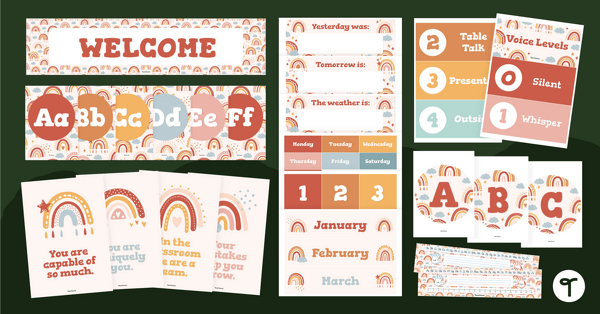
Boho Rainbow Classroom Theme Bundle
Bring the boho rainbow classroom theme to life with printable decor and digital templates! Get more than 20 editable options for your classroom set-up.
- Free Plan
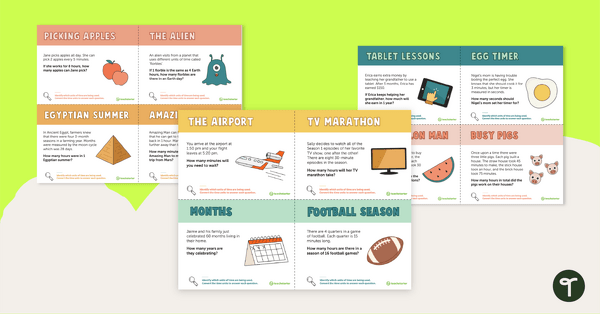
Converting Units of Time – Task Cards
Practise converting time with a handy set of free Time Unit Conversion Task Cards.
- Plus Plan
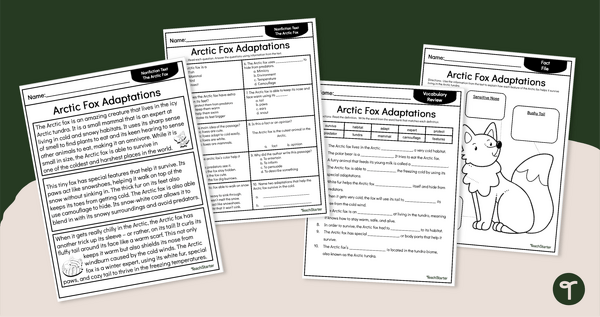
Arctic Fox Adaptations - Free Comprehension Worksheets
Read and learn about Arctic fox adaptations with a set of free Reading Comprehension Worksheets for Years 2 and 3.
- Plus Plan
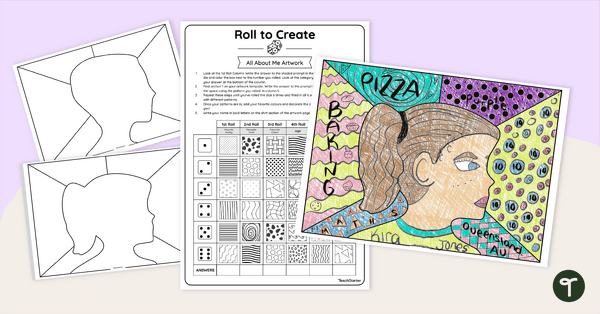
Roll to Create - All About Me Drawing Game
Roll to create a fun About Me Artwork with a printable back-to-school drawing game.
- Plus Plan
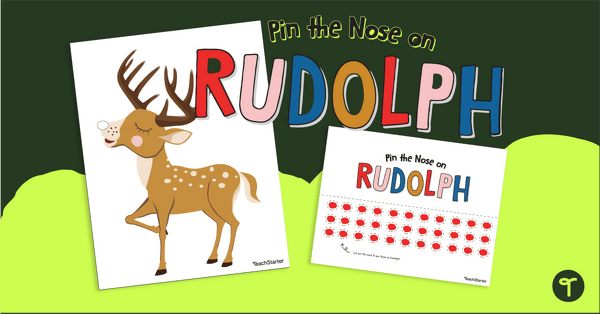
Pin the Nose on Rudolph - Classroom Christmas Game
Spice up your Christmas festivities with a fun game of Pin the Nose on Rudolph.
- Plus Plan
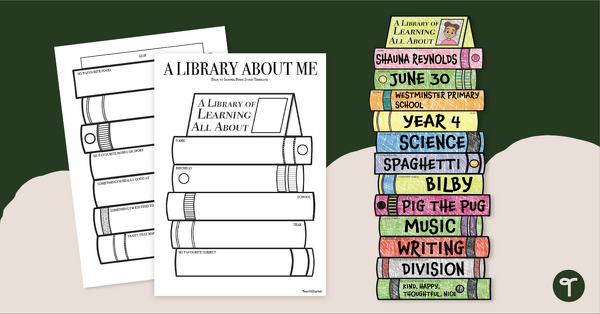
All About Me Activity - Library of Learning About Me Craft
Get to know your students by building a library of “About Me” book stacks with a unique All About Me activity.
- Plus Plan

Gratitude Tree and Leaves Template
Create a gratitude tree display with a printable tree and leaves template.
- Plus Plan
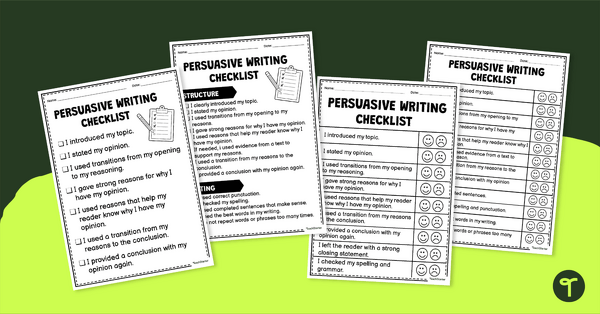
Persuasive Writing Checklist Pack
Encourage self-checking with this set of 7 persuasive writing checklists.
- Free Plan
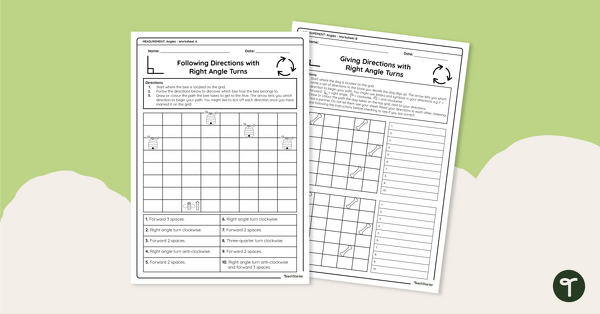
Directions with Right Angle Turns Worksheet
Teach your students to give and follow directions using right angles with this 2-page maths worksheet for Year 3 students.
- Plus Plan
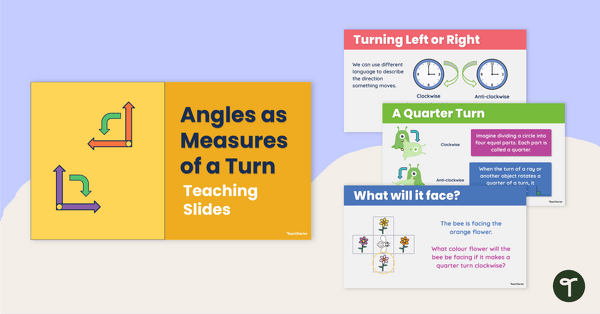
Angles as Measures of a Turn Teaching Slides
Teach your students about the relationship between measures of a turn and right angles with this teaching presentation for Year 3 students.
- Plus Plan
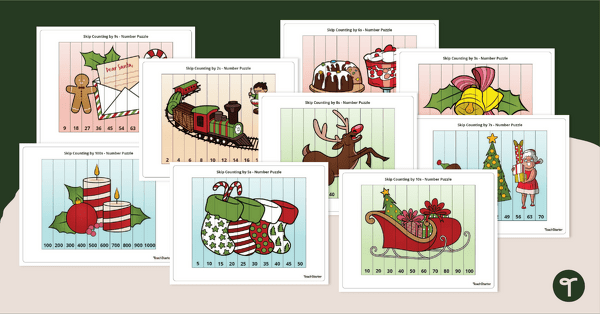
Christmas Skip Counting - Printable Puzzles
Grab a set of 10 printable Christmas puzzles to help students skip count in the classroom.
- Plus Plan
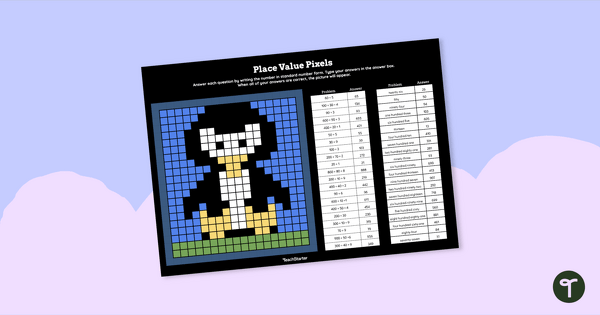
Place Value Penguin - Spreadsheet Pixel Art Activity
Practise identifying numbers in word form, expanded form, and standard form with a fun spreadsheet pixel art activity.
- Plus Plan

Christmas Word Scramble Worksheets
Solve scrambled letters into words with a Christmas Word Scramble worksheet.
- Plus Plan
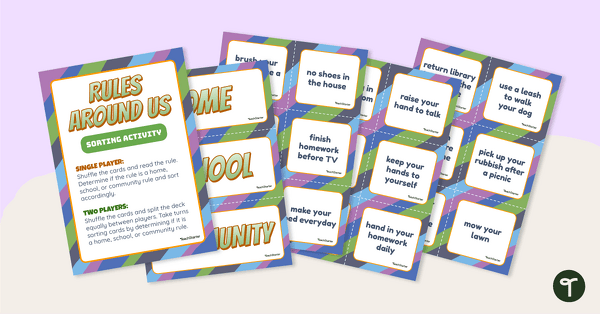
Rules Around Us - Sorting Activity
Identify rules at home, in school and around the community with a sorting activity.
- Plus Plan
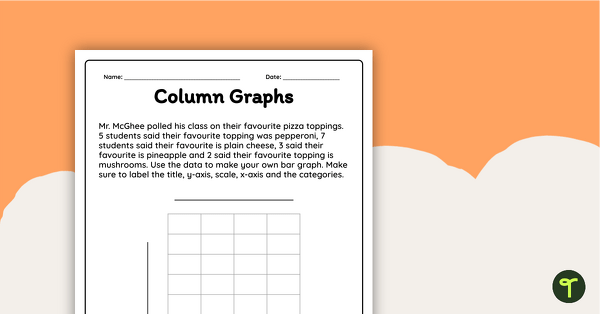
Creating a Bar Graph Worksheet
Interpret data and create a column graph display with this worksheet.
- Plus Plan
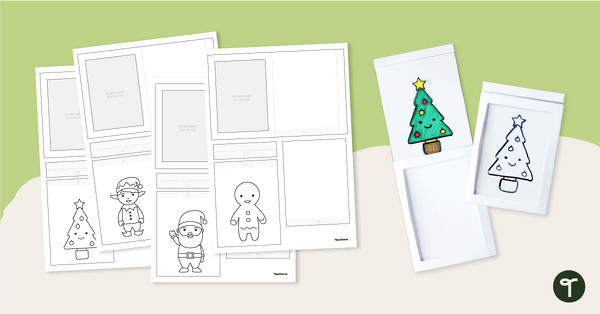
Christmas Surprise Picture - Craft Activity
Watch your students' eyes light up with joy with this magical Christmas craft activity!